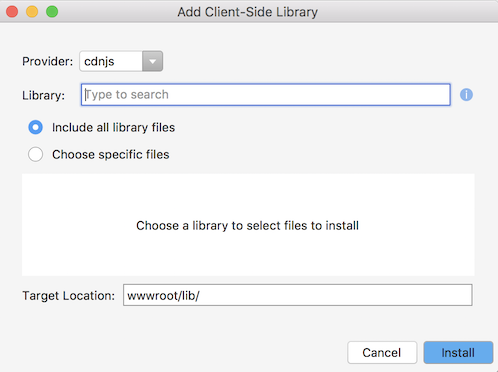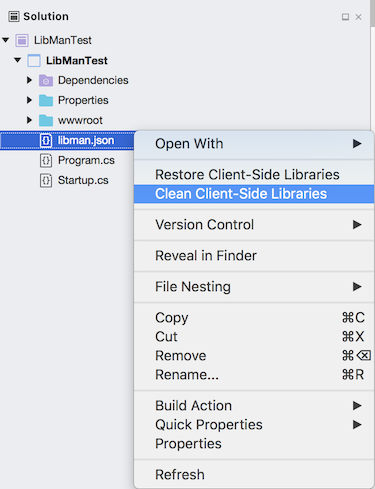
Tooling (which requires some configuration and can only work for a singleĭatabase/tenant in one run). Migrate databases on deployment instead of EntityFramework's own You can use this tool on the development or on the production environment to

Tenant if it does not have a dedicated database or its database has alreadyīeen migrated by another tenant (for shared databases between multiple Tenant databases and runs migrations against those databases. It then gets the connection strings of the After getting the host connection string, it first creates the host database and applies In the config file is the database you want. This application gets the host connection string from it's ownĪppsettings.json file. You can run this application to create/migrate the host and

The startup template includes a tool, Migrator.exe, to easily migrate yourĭatabases. Since the UI uses the same Web API, and can be easily consumed. For example, we can use the User service to get aĬontent-Type="application/json" and Authorization="BearerĪlmost all operations available on the UI are also available as a Web API, Use APIĪfter you authenticate and get the token, we can use it to call anyĪuthorized action. It's an integer value andġ for the default tenant by default. Header value to work with a specified tenant. **The API will work as host users by default. Time (which is 24 hours by default and can be configured). As seenĪbove, the result property of the returning JSON contains the token and expiration We sent the values usernameOrEmailAddress and password. Here, Postman (Chrome extension) will be used to demonstrateĬontent-Type="application/json" header as shown below: The startup template includes JwtBearer token authentication

Mobile application, you'll probably want a token-based authentication If you want to consume Web APIs or application services (those that are The startup template uses cookie-based authentication for browsers. You canĭisable it in Core project's module class if you don't need it. In this template, multi-tenancy is enabled by default. Sample dashboard page: About Multi-Tenancy
Visual studio for mac libman password#
The username is ' admin' and the password is ' 123qwe' by default. Once you run the application, you will see the following login page: If you have problems with running the application, please try closing and After installing it while in Web.Mvc folder run libman restore) (If you are not using Visual Studio and/or you are on a mac you can use Libman CLI. Then click to Restore Client-Side Libraries. Since it uses libman, go to Web.Mvc project. EntityFrameworkCore in the Package Manager Console window). To create your database (ensure that the Default project is selected as Open Package Manager Console and run the Update-Database command Select the ' Web.Mvc' project as the startup project.Ĭheck the connection string in the appsettings.json file of the Web.Mvc project, change it if you want.

Open your solution in Visual Studio 2019 (v16.4)+ and build After creating and downloading your project, follow the steps below to run your application.
Visual studio for mac libman download#
The easiest way of starting a new project using ABP with ASP.NET Core MVC is to create a template on the download page.


 0 kommentar(er)
0 kommentar(er)
